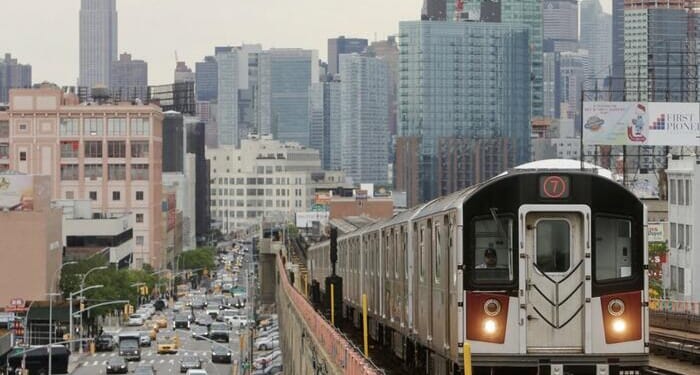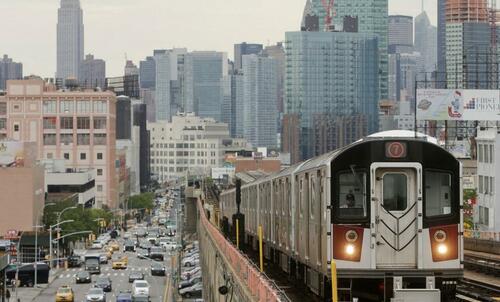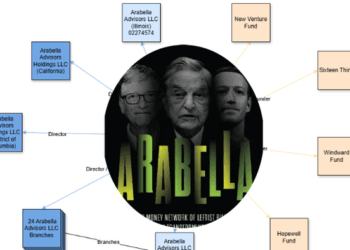Because the universe is nothing if not predictable, we’re back with yet another episode of “New York’s transit agency attempts first grade math.”
The MTA has once again found itself rummaging through the sofa cushions of the nation’s largest transit network, searching for spare millions, according to Bloomberg. If it feels like we’re constantly writing about their chronic cash-management drama, that’s because… we are.
New York’s Metropolitan Transportation Authority is now targeting $675 million in additional cuts over the next four years, aiming to trim anything that can reasonably be declared unnecessary. This comes from its latest budget presentation, which also outlines multiple cost-saving initiatives already in motion.
Bloomberg writes that the agency is finally phasing out the yellow MetroCard, swapping in OMNY as the full-time fare system to eliminate a slew of legacy maintenance costs. It’s also replacing older commuter-rail train cars and deploying artificial intelligence to streamline supply needs. Those efforts come alongside hopes for a rebound in real estate tax revenue, expected to return to roughly $1.1 billion annually by 2027 after dropping to $719 million in 2024.
All this belt-tightening is unfolding against the backdrop of fewer riders than before the pandemic, rising labor and supply expenses, and an estimated $1 billion annual hit from fare evasion. Despite that, MTA leadership insists they’re holding things together. As Janno Lieber said during a board meeting, “Figuring out how to do more with less has been the daily priority of the MTA these last few years. And I think we’re doing it pretty well.”
The agency estimates the combined cuts and revenue gains will narrow deficits by $418 million over the next three years. Officials now anticipate a $160 million gap in 2027 — under 1% of that year’s operating budget — before deficits climb again, to $243 million in 2028 and $306 million in 2029.
Much of the long-term savings are tied to the OMNY rollout, which eliminates MetroCard-related costs like machine upkeep and coin handling. New Long Island Rail Road cars should reduce maintenance needs, and improved scheduling technology is set to make train and crew deployment more efficient.
Still, even with additional state funding replacing expired federal pandemic aid, the MTA faces some significant uncertainties. Future budgets rely on fare and toll hikes planned for 2027 and 2029, assume $500 million in casino revenue that depends on yet-to-be-finalized developments, and hinge on a long-delayed $600 million FEMA reimbursement for pandemic cleaning expenses.
Lieber noted the holdup bluntly: “Money was promised under the first Trump administration to fund that, but it hasn’t yet come from Washington. That application’s been sitting for awhile.”
And so the MTA’s eternal budget circus continues…
Loading recommendations…


















